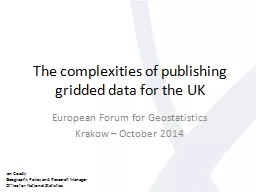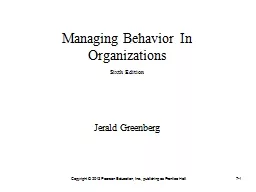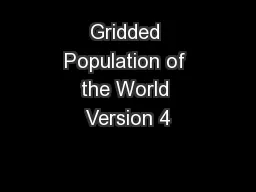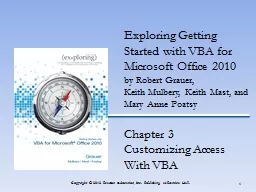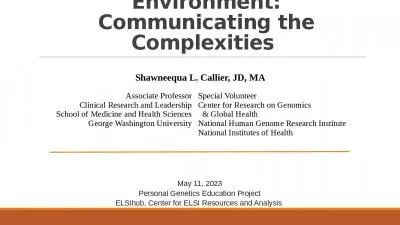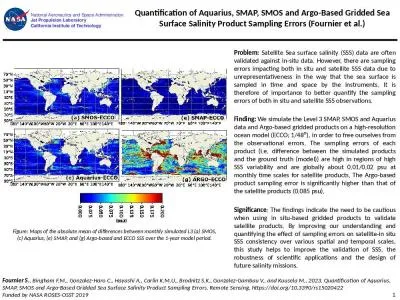PPT-The complexities of publishing gridded data for the UK
Author : lindy-dunigan | Published Date : 2018-02-20
European Forum for Geostatistics Krakow October 2014 Ian Coady Geography Policy and Research Manager Office for National Statistics Why are we different No use
Presentation Embed Code
Download Presentation
Download Presentation The PPT/PDF document "The complexities of publishing gridded d..." is the property of its rightful owner. Permission is granted to download and print the materials on this website for personal, non-commercial use only, and to display it on your personal computer provided you do not modify the materials and that you retain all copyright notices contained in the materials. By downloading content from our website, you accept the terms of this agreement.
The complexities of publishing gridded data for the UK: Transcript
Download Rules Of Document
"The complexities of publishing gridded data for the UK"The content belongs to its owner. You may download and print it for personal use, without modification, and keep all copyright notices. By downloading, you agree to these terms.
Related Documents

